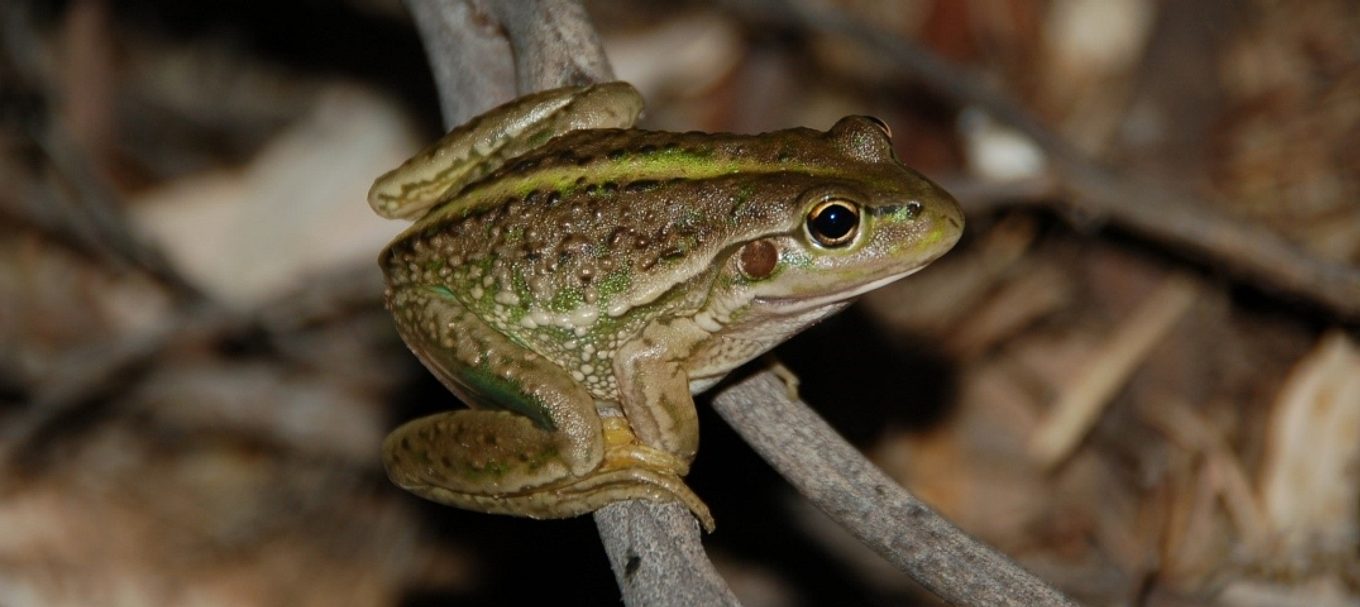
5 threatened species in South Australia’s Coorong and Lower Lakes
South Australia’s Coorong and lakes Alexandrina and Albert are recognised internationally as a wetland of great importance, supporting many rare plants and animals as well as migratory birds that travel half way around the world to feed there each year.
These are just some of the amazing – but threatened – species that call the Coorong and Lower Lakes home.
1. Fairy tern
Fairy terns are the smallest tern in Australia, and the Coorong is an important breeding site for these birds. They nest on islands along the Coorong and also on the Younghusband Peninsula near the Murray Mouth.
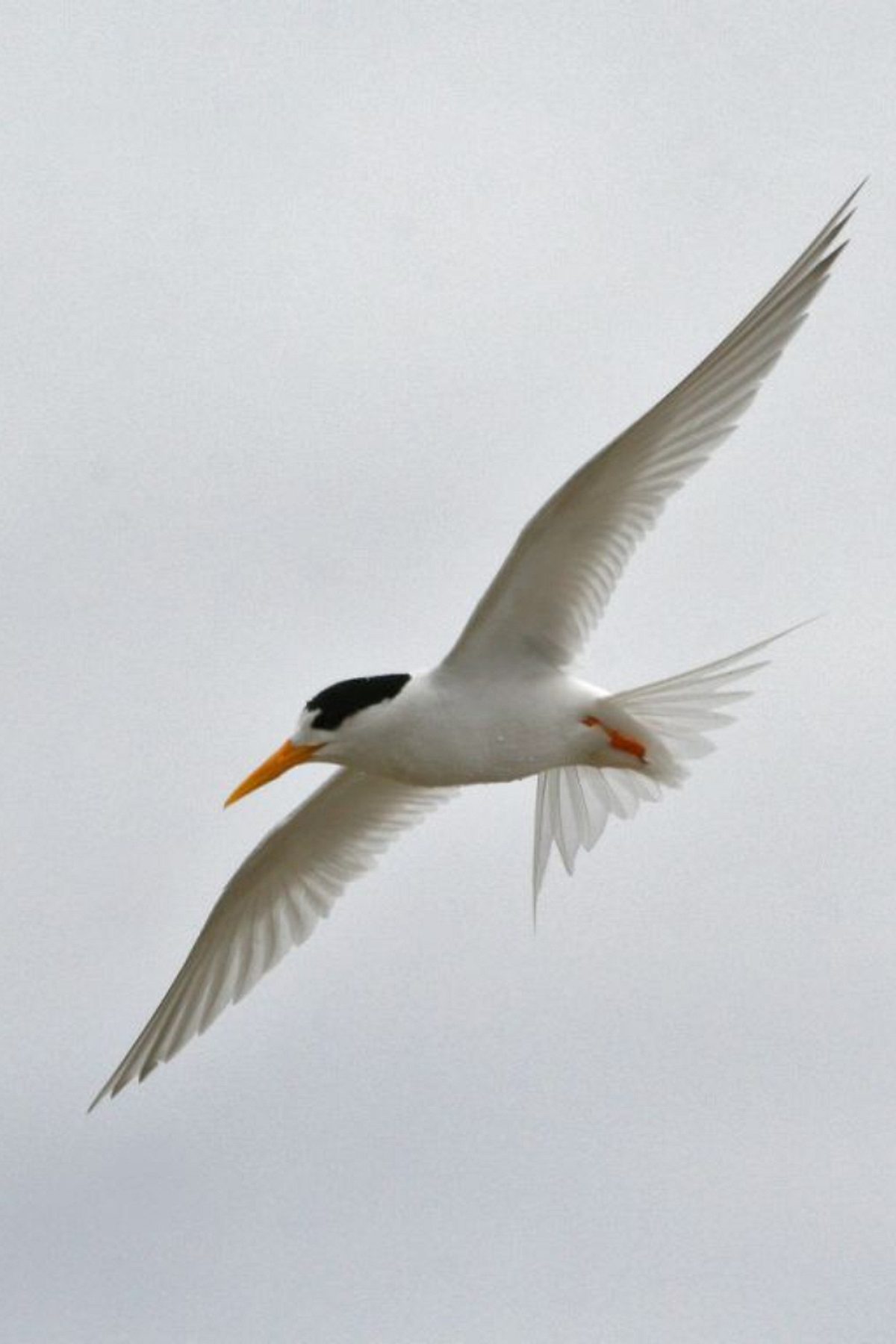
Sadly their numbers are in decline and they are vulnerable in South Australia and nationally. Their eggs and the adult birds themselves are very well camouflaged, which means their nests are easily disturbed by people, and predators and water inundation are also issues they face while nesting.
Another problem for these little birds is reduced food supplies, particularly during the Millenium drought when fish like the small-mouthed hardyhead struggled with increased salinity in the Coorong, however, since then their abundance has increased and they can once again provide a food source for this species.
But it’s not all bad news. Work is underway to improve their habitat and restore the Coorong’s health, aiming to give this little bird’s story a fairy tale ending.
2. Southern bell frog
The southern bell frog is the largest frog species found along SA’s River Murray, reaching 10 cm. It lives in wetlands and creeks, including around the Lower Lakes.
Once one of the most common frogs across much of south-eastern Australia, it is now vulnerable in SA and nationally.
The main causes for their decline are river regulation impacting their habitat, introduced predators and environmental pollutants.
In the Lower Lakes, water level management, using water for the environment, wetland restoration and monitoring, aim to increase the chorus of croaks.
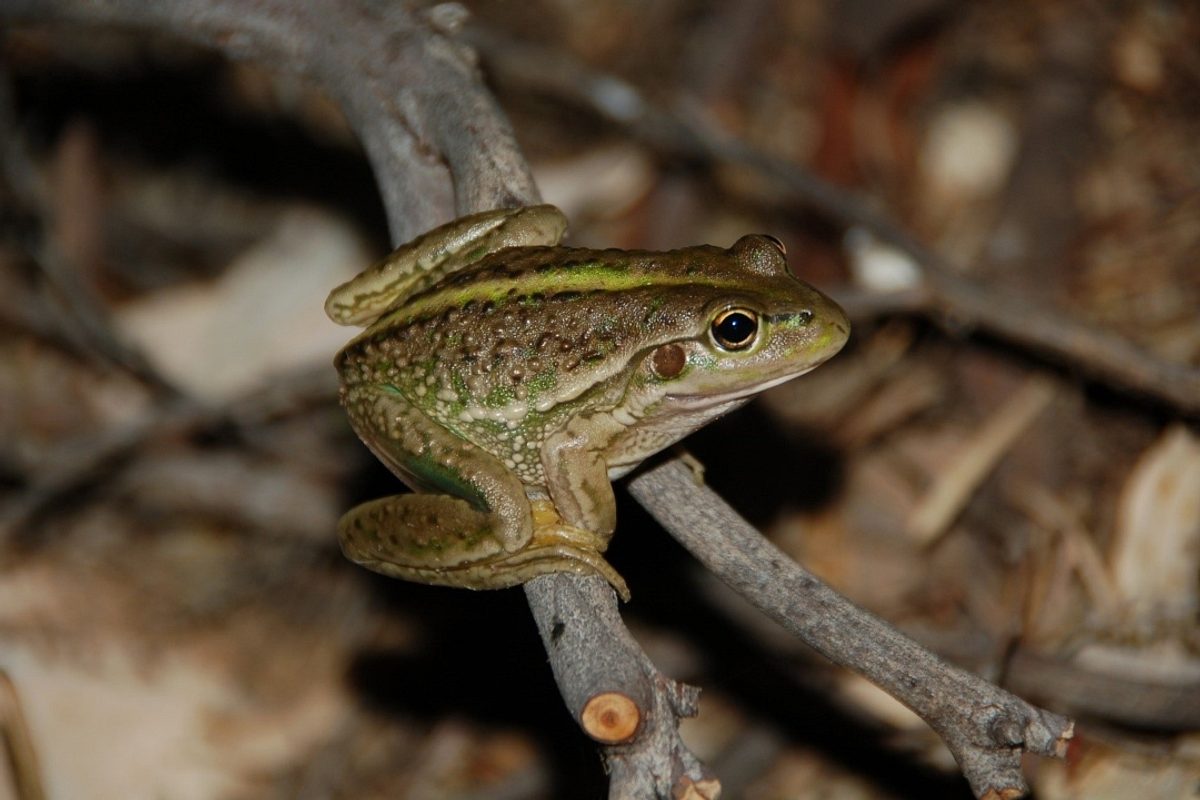
3. Murray hardyhead
This small, freshwater fish was once widespread in wetland areas across SA’s River Murray and the Lower Lakes.
However, loss of sheltered habitat, competition with introduced species and the lasting impacts of the Millennium Drought have hit these little guys hard and they are now nationally vulnerable and critically endangered in SA.
While they can survive in saltier water better than most native freshwater fish, they have a very short lifespan, so events like drought can have a massive impact on their population.
In the Lower Lakes, a small number of these fish remain and work continues to support the Murray hardyhead's recovery.
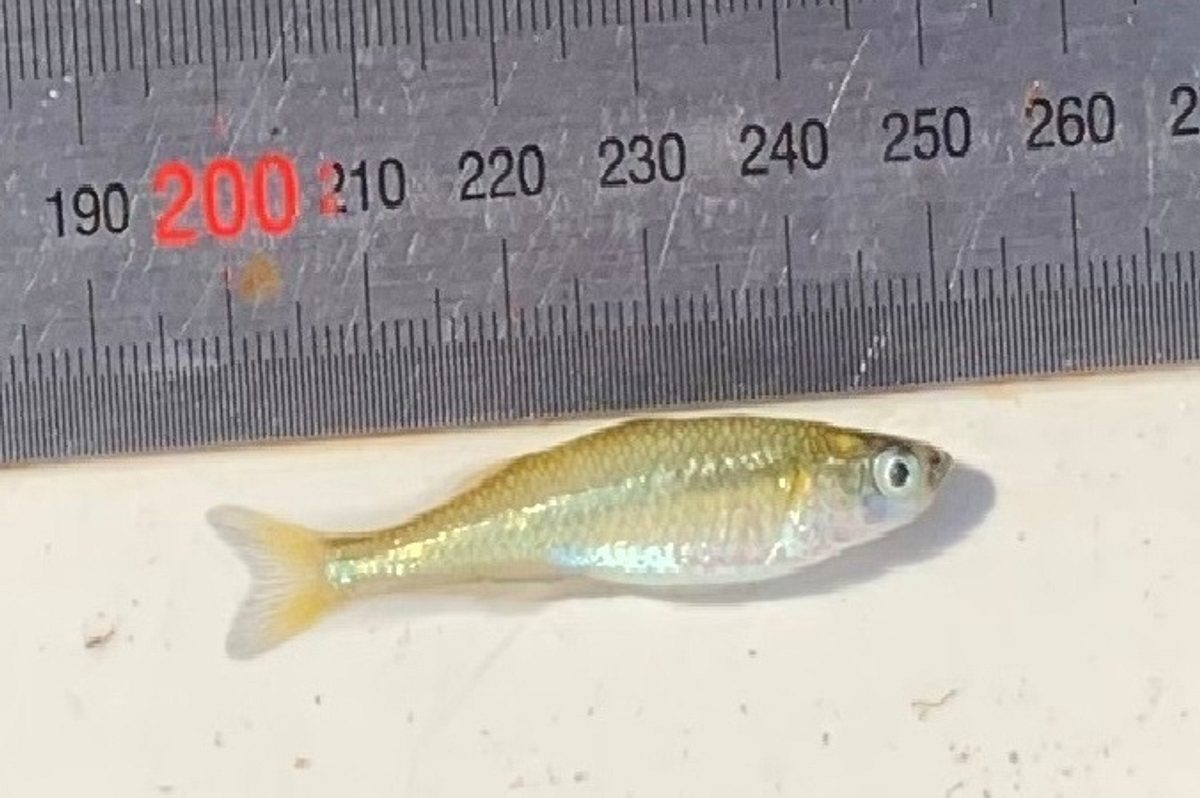
4. Metallic sun-orchid
The metallic sun-orchid is nationally endangered, and can be found near Meningie and the Coorong.
Between September and November it grows flower spikes up to half-a-metre tall, displaying iridescent greyish-green flowers with pinkish tints, or sometimes brown flowers with a metallic luster, making them stand out from the crowd.
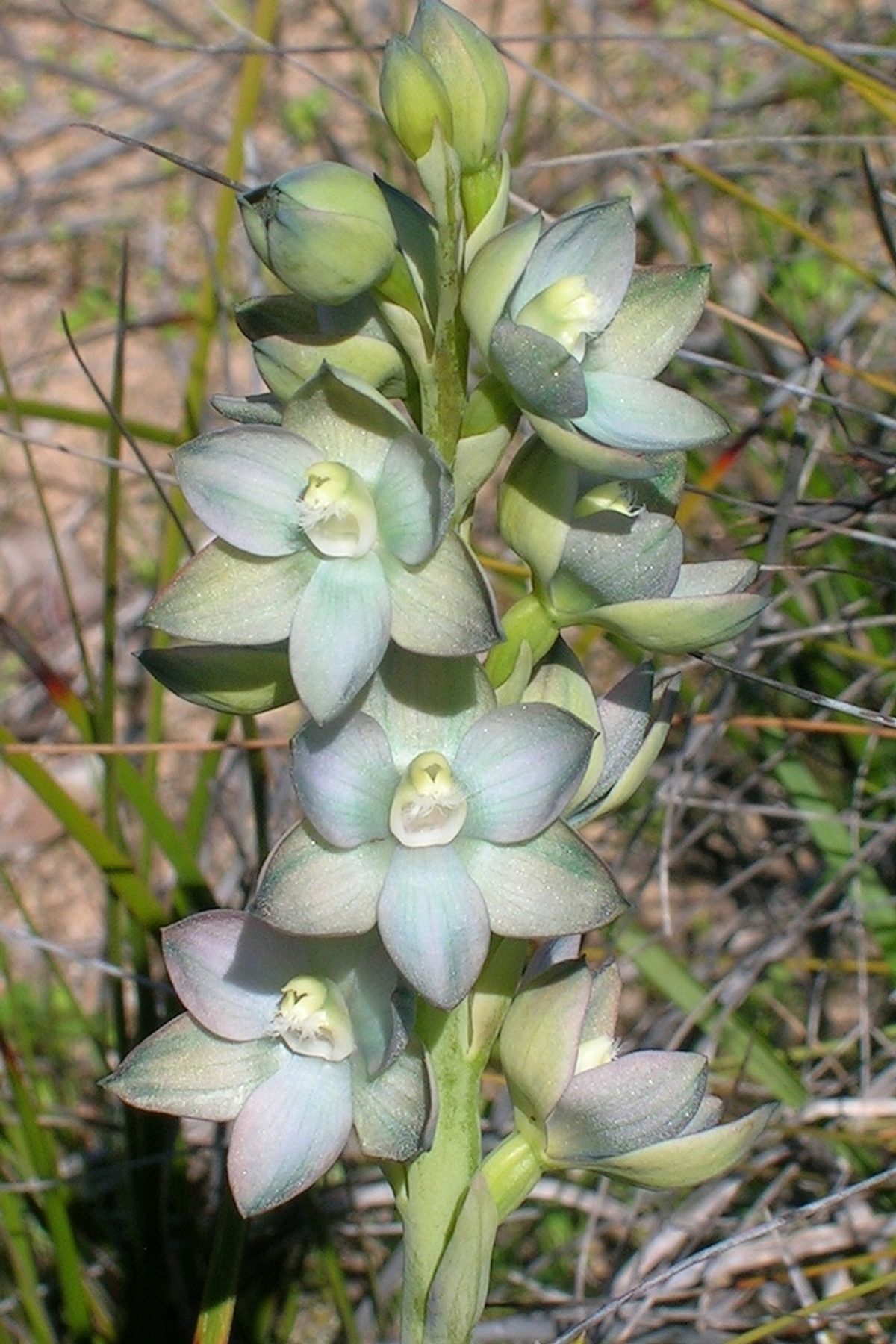
Unfortunately threats like grazing animals and competition from weeds have reduced their numbers to about 250 plants across the whole Murraylands and Riverland region.
5. Heath goanna
The heath goanna, also known as a Rosenberg goanna, is vulnerable in SA and endangered in the Murray-Darling Basin and South East regions.
Goannas are the last large, native, land-based predator remaining in southern SA and these impressive lizards grow up to 1.5m long.
Despite their size, they are still killed by cats, dogs and foxes. Loss of habitat and reduced termite mounds, which they use to incubate and protect their eggs, have also had a big impact on their numbers.
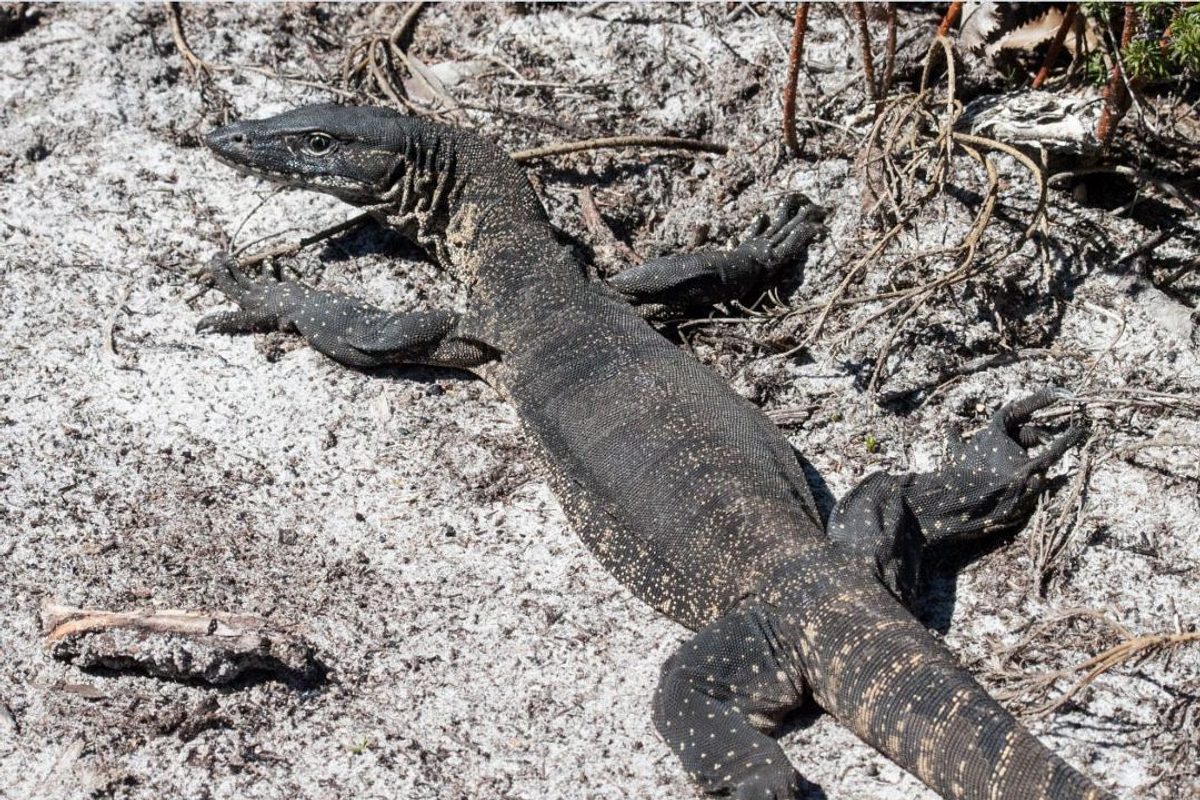
Taking action
Project Coorong is taking action to restore the health, vitality and visitor experience of this precious wetland through environmental projects to get the Coorong back on track.
Through delivering water for the environment, managing pests and weeds, and investigating the best options to improve the Coorong’s health, work is underway to help these threatened species bounce back.
Inspired to head to the Coorong and Lower Lakes to try and spot one of these special creatures? Check out thisone day itineraryand ourranger’s tips for visiting Coorong National Park.
Main image: southern bell frog





